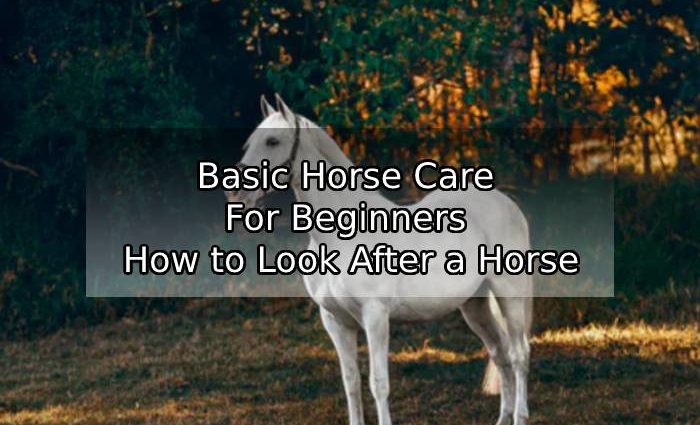There’s more to riding a horse than simply sitting atop the animal—proper care for the horse is also paramount. Horse care includes grooming, documenting its growth, recognizing health issues, knowing when it is and isn’t safe to ride, caring for the horse’s feet, attending to minor injuries, and feeding it. Depending on the barn where you ride and the terms under which you use the animal, you may be involved in some or all of these tasks.
Table of Contents
Horse Grooming
Grooming stimulates the horse’s circulation and also gives you an opportunity to check for injuries. It’s best to groom before you ride to remove any dirt that might be under the saddle. You should also groom the horse after riding to remove any dust and sweat.
Horse Grooming Tools
The following tools are used to groom a horse:
- Hoof pick: A small, hooklike tool used to remove unwanted material from a horse’s hooves. Your instructor will show you how to ask the horse to lift each leg and use the hoof pick properly. For safety, always move the pick from the horse’s heel to its toe and away from, not toward, your body.
- Currycomb: A rubber or plastic comb that’s used in a circular motion to loosen dirt and hair from the undercoat. It should not be used on the legs or head.
- Dandy brush: A hard brush used to remove anything brought up by the currycomb as well as any mud on the horse’s legs. It should not be used on the horse’s head.
- Body brush: A soft brush used to bring out the shine in a horse’s coat. It can be used anywhere on the horse’s body.
- Comb: A regular comb that can be used on the mane or tail in the same manner as a human hairbrush.
- Sponge: A sponge for bathing or wiping around the horse’s eyes and nose.
- Sweat scraper: A special tool used to remove excess sweat or water after bathing.
- Chamois cloth: A soft cloth that brings out the luster in the horse’s coat.
- Shedding blade: A serrated blade used for removing any hair that the horse is shedding.
Documenting Horse Growth
Horse owners generally document a horse’s height and weight throughout its lifetime.
Height
A horse’s height is measured in hands, which are increments of 4 inches. A horse is said to be a certain number of hands tall from the ground to the withers (the highest point of a horse’s shoulders). For example, a horse that is 15 hands high is 5 feet (60 inches) tall:
15 hands × 4 inches/hand = 60 inches
Decimals are used differently in hand measurements than in normal math. For example, “15.2 hands” signifies 15 hands 2 inches (62 inches)—not 15.2 × 4 = 60.8 inches.
Horses vs. Ponies
Height is the major differentiator between horses and ponies. An equine that stands 14.2 hands (58 inches) or shorter at maturity is a pony; one that stands taller than 14.2 hands is a horse. The only exception to this rule is the miniature horse, which, as designated by the American Miniature Horse Association, stands no more than 34 inches tall. Miniature horses are often used in therapeutic riding practices or trained as guide animals.
Weight
There are a few ways to monitor a horse’s weight—try to be consistent about which method you use. One method uses a weight tape, which you wrap snugly around the horse’s heart girth—the circumference of its body at the withers. The measurement corresponds to a weight on the tape.
Another way to measure a horse’s weight is to use a regular measuring tape and measure the girth and body length (from shoulder to buttocks) in inches. The weight in pounds can be estimated using this formula:



Comments are closed, but trackbacks and pingbacks are open.